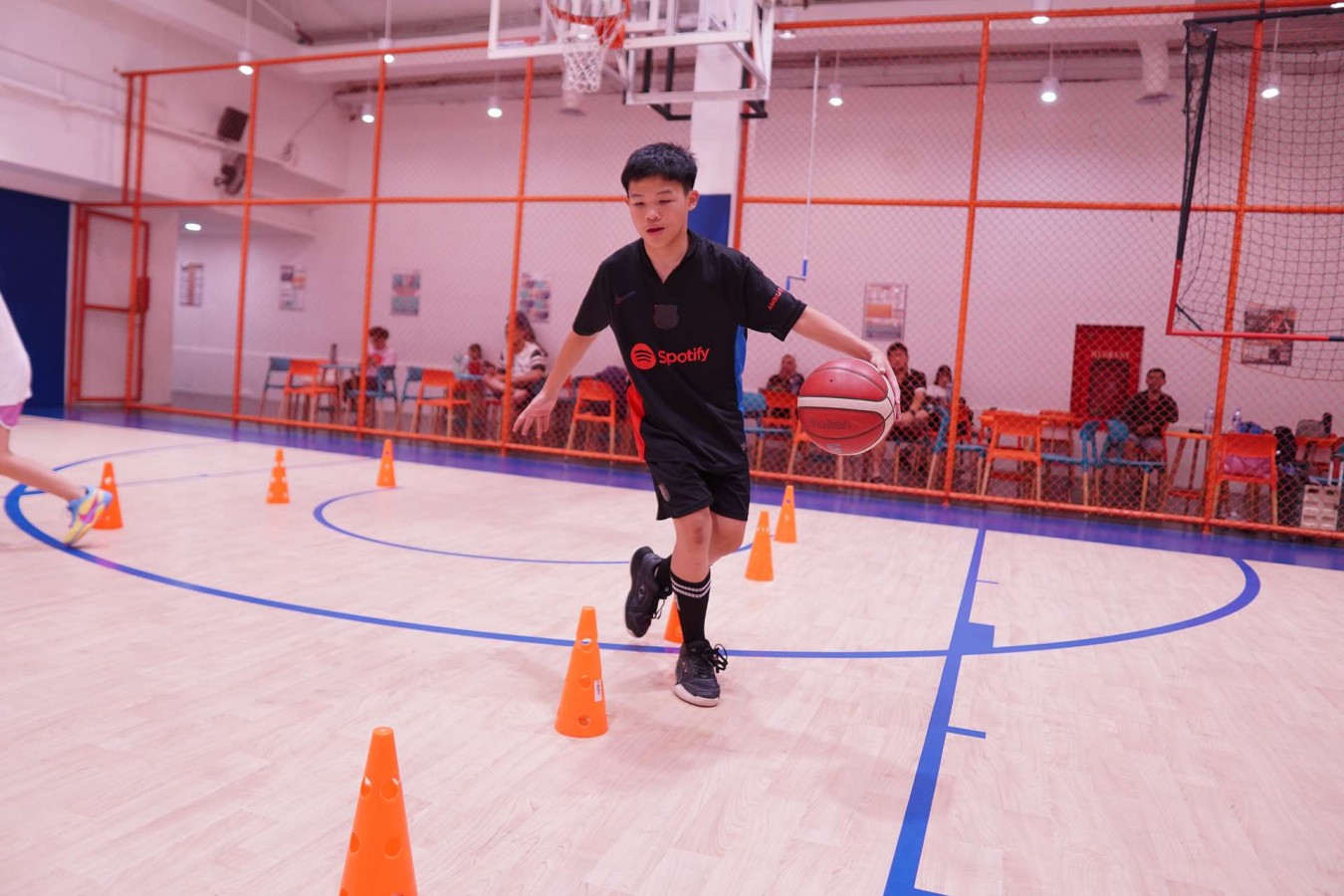The Actual Causes Children's Lack of Exercise

In today's fast-paced world, where technology seamlessly integrates into every aspect of our lives, children's lack of exercise has become a growing concern. The sedentary lifestyles and increasing screen time contribute to a range of health issues.
Let's delve into several factors contributing to this issue and explore practical solutions for a healthier and more active future.
The Actual Causes Children's Lack of Exercise
Lack of exercise in children refers to insufficient physical activity levels needed for optimal health and development. In an era dominated by technology, outdoor play and physical activities have taken a backseat, leading to a host of health concerns among the younger generation. Some of the key causes include:
1. Impact of Technology
The presence of technology, including smartphones, tablets, and video games, has transformed the way children spend their leisure time. The allure of virtual worlds often competes with outdoor activities, diverting children from engaging in physical play.
Excessive screen time not only replaces active pursuits but also exposes children to the associated risks of a sedentary lifestyle.
2. Influence of Family Habits
Family habits significantly shape a child's lifestyle. If parents lead sedentary lives, children are more likely to follow suit. Promoting a family culture that values physical activity can positively impact children's habits.
3. Lack of Access to Safe Play Spaces
The lack of access to safe play spaces directly correlates with children's lack of exercise. Depriving children of these spaces not only limits their physical activity but also hinders their social, emotional, and cognitive development.
It is imperative for communities and policymakers to recognize the importance of safe play spaces in fostering a healthier and more active lifestyle among the younger generation. By ensuring the availability of these spaces, we can empower children to engage in the joy of movement and promote their overall well-being.
4. Fear of Being Injured
The fear of injury is not only physical but also psychological. Children who harbor such fears may develop anxiety or stress related to physical activities. It might sound strange but honestly this can contribute to a sedentary lifestyle as they opt for less physically demanding alternatives, such as screen-based activities, to avoid perceived risks.
5. Peer Influence
Peer influence plays a significant role in children’s life. Research suggests that children are influenced by the exercise habits of their peers. Positive peer interactions and a supportive social environment contribute to increased physical activity levels.
How To Encourage Children To Exercise
Promoting physical activity in children is crucial for their overall well-being. With the prevalence of sedentary behaviors, encouraging children to exercise requires a thoughtful and positive approach. Here are several practical strategies to inspire children to embrace an active lifestyle:
1. Lead by Example
Children often imitate the behaviors of those around them. Actively engage in physical activities, whether it's going for a walk, cycling, or participating in sports. Your enthusiasm for exercise will naturally influence and motivate them.
2. Make It Fun
Incorporate fun elements into physical activities. Choose games and sports that children enjoy. This could include activities like scavenger hunts, dance parties, or even turning exercise into a friendly competition. The key is to make it enjoyable.
3. Family Fitness Time
Designate specific times for family fitness activities. This could be a weekend bike ride, a hike, or a simple exercise like playing basketball together. Family involvement not only encourages exercise but also strengthens familial bonds.
4. Choose Age-Appropriate Activities
Tailor activities to the child's age and interests. Younger children might enjoy activities like jumping rope or playing tag, while older children might prefer team sports or individual pursuits like biking or skateboarding.
5. Provide Accessible Equipment
Ensure that children have access to age-appropriate equipment. Having a basketball hoop, jump rope, or soccer ball readily available makes it easier for them to spontaneously engage in physical activities.
6. Limit Screen Time
Set reasonable limits on screen time, including television and video games. Create a balance by encouraging outdoor play and physical activities. This not only promotes exercise but also helps in reducing sedentary behaviors.
7. Integrate Exercise into Daily Routine
Integrate short bursts of physical activity into their daily routine. This could include a quick stretch in the morning, a walk after dinner, playing sports or dancing to music. These small habits contribute to overall physical health.
8. Educate on Benefits
Help children understand the numerous benefits of regular exercise, from improved physical health to enhanced mood and cognitive function. Knowledge about the positive impact on their overall well-being can be motivating.
Have You Encouraged Your Children To Exercise?
In addressing the actual causes of children's lack of exercise, a collaborative effort involving families, communities, and educational institutions is imperative. By prioritizing physical activity and fostering a culture that values movement, we can ensure a healthier, more active future for our children.
Transform your child's sedentary routine into an active journey with Rockstar Academy, your ultimate solution to overcome the pervasive issue of children's lack of exercise. Our Sports & Performing Arts Academy offers a diverse range of engaging activities, from lively dance classes to the grace of ballet and exhilarating sports programs, designed to ignite a passion for movement.
Recognizing the pressing need for a healthier, more active lifestyle for our youth, Rockstar Academy invites you to take the first step towards a positive change. Sign up for our free trial class, providing your child with an opportunity to experience the dynamic and enriching environment we offer!
FAQs
1. How much exercise do children need?
Children aged 6-17 should aim for at least 60 minutes of moderate to vigorous physical activity daily.
2. Can video games be considered exercise?
While some active video games offer light exercise, they should not replace traditional physical activities.
3. What role do schools play in children's exercise?
Schools play a crucial role through physical education programs and after-school activities.
4. How can parents motivate their children to be active?
Lead by example, make physical activities enjoyable, and involve children in choosing activities.
5. Is lack of exercise solely responsible for childhood obesity?
No, it's a combination of sedentary behavior, poor diet, and genetic factors.
6. Are there any cultural influences on children's exercise habits?
Yes, cultural norms and values can influence the importance placed on physical activity.



